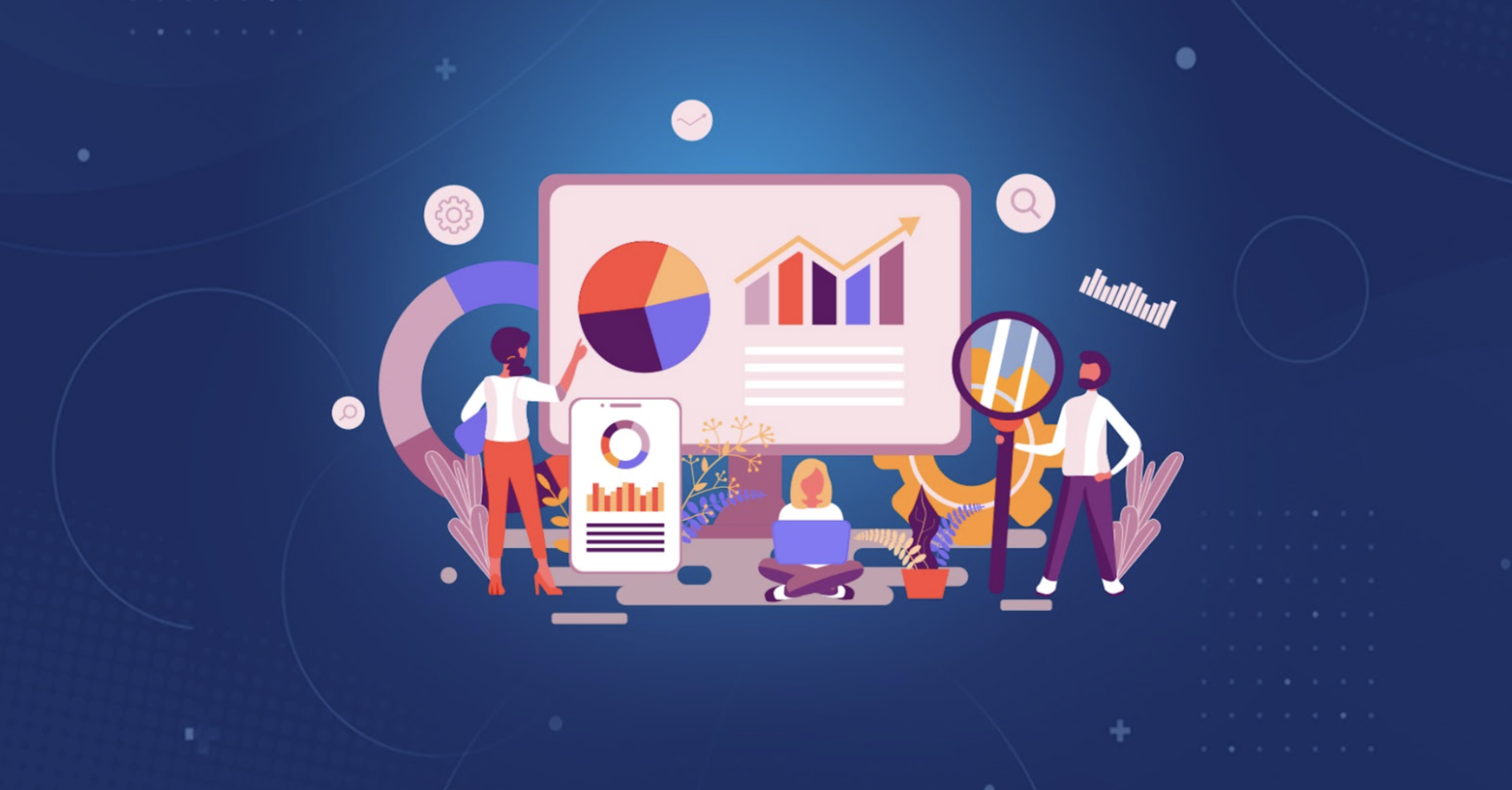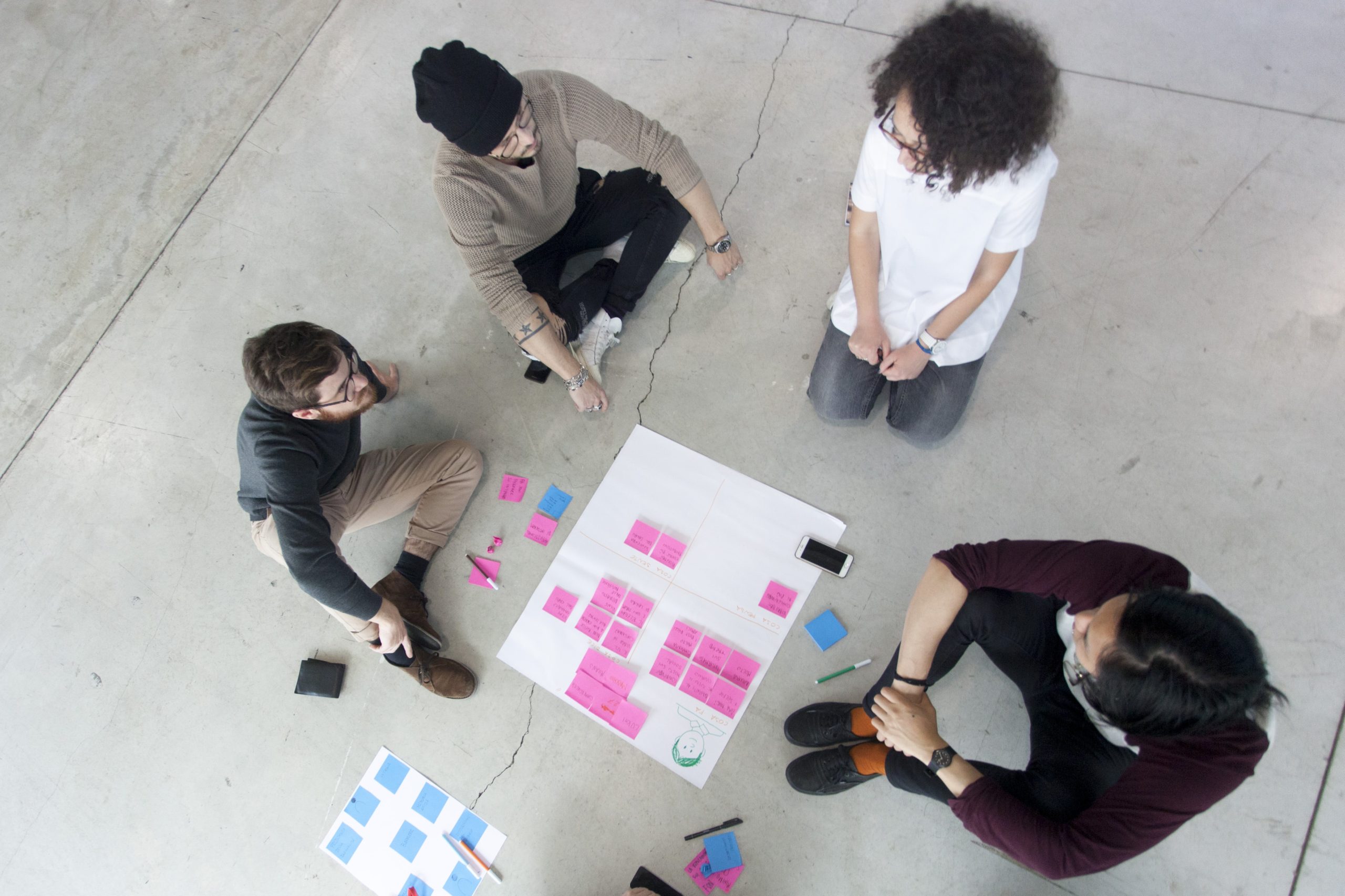- Home
- Product Management
- How to integrate user interviews and user tests in product development
Product Management
6
min read
How to integrate user interviews and user tests in product development


Don't you want to read? Try listening to the article in audio mode 🎧
User Experience (UX) has become a buzzword and mega-trend. Innovation and project/product managers, designers and developers are looking for ways to analyze and improve their users journey throughout all contact points with a product. An important role for UX is user research, and this article covers two broad user research methods and proposes how to integrate them into product development lifecycles: User Tests, also sometimes known as UX Tests or Usability Tests, as well as User Interviews.
What is a User Test?
A user test is a structured and pre-defined set of tasks within a new interactive application, e.g. a new enterprise or consumer platform, which pre-selected potential users try to complete, while they are observed and asked about their experience. The tasks should cover user goals, which refers to the intention of what a user wants/needs to do with an application. A common goal in a Customer Relation Management-system for example is to identify potential leads for upselling activities. Commonly, a moderator leads users through the test protocol, this is referred to as moderated User Test. User Tests play a crucial role in UX & Design, as the goal is to uncover potential problems related to usability and user acceptance early in the development process.
What is a User Interview?
While in a User Test, an interactive prototype with some fidelity (more about prototype fidelity below) is used to test goals or tasks a user can perform, an interview is more centered around opinions and needs of a user. A user interview consists of a semi-structured interview guide with a set of questions and flexibility for the interviewer to ask additional or new questions, depending on the answer of a user. Being able to communicate in a flexible manner with potential users is a way of creating authentic and “feel-good”atmospheres, in which users tell you openly and freely about their experiences.
When to use a User Test and when to use a User Interview?
In development projects and life cycles, typically you choose either User Tests or User Interviews for different purposes and at different times: User Interviews are often conducted at the beginning of development, with the goal of understanding users, their problems, already ideating solutions or to test assumptions/hypotheses. User Tests are used when a prototype of any fidelity becomes available. In software applications, prototypes range from low-fidelity scribbles, paper prototypes and mock-ups to medium- and high-fidelity click-prototypes and functional Front-Ends.
What is the best time to conduct User Interviews and Tests?
Your development project should have a (rough) timeline, depicting at which points in development you should involve users to ask for their opinion or to test the UX of a workflow before finalization. It makes sense to interview users or test your prototypes for any kind of product, technology, service or platform, even the ones on the market can profit off optimization! For a certain project, a unique timeline may be needed, however common sense tells us that especially early in the beginning user involvement pays off more than when done mainly later in the process!
What do I need to consider for the planning of user activities?
There are three parts that you need to consider for the planning of your user interview or test:
For user interviews: Which content do you want to cover? What are your assumptions about the users that you already have? What do you actually know (for sure?) about your users? What do you only believe to know?
For user tests: How can users access the prototype? Is it a website? Is it a link to a click-prototype? Test this thoroughly, because you don’t want to risk the validity of your results by having a flawed technical setup.
The setting: Do you interview/test on-site - which is preferred for more in-depth settings, smartphone applications, hardware and ecological validity (= how “real” the context is in which you study the users) - or do you have a remote setup? Go through your test users’ journey several times and make sure your setting does not get “in the way” of obtaining useful and unbiased results and insights!
The protocol: For interviews you need a set of questions, ordered in a semi-structured way, allowing the interviewer to follow a natural flow of conversation with the user, adding or removing questions if felt out of place. A core set of questions, which all users are asked, enables a way of aggregating the results and summarizing it (see “tagging” below). For user tests you need a set of tasks, representing natural user goals (that you have - for example - derived in User Interviews before building the prototype) and a working prototype and a flawless setting to test it: Make sure the devices needed are charged, connected to internet, all applications are in place and working.
Metrics are part of your interview or test protocol (see above). This is the data related to your desired outcome to measure, e.g. number, kind and severity of usability problems in a user interface (UI). You can collect data through observation, interview questions and UX questionnaires: The most commonly used - also often criticized for its age and development process - UX instrument is the System Usability Scale (SUS), a 10 item questionnaire measuring perceived usability from 0 to 100, offering data to compare (benchmark) your results to other, similar applications (https://measuringu.com/interpret-sus-score/). A new tool on the market is rapid UX score (https://user-feedback.at/rapid-ux-score-projektpage), building on the latest science and measuring usability, perceived aesthetics and user experience for a broad range of applications.
Users to Interview and to test your prototype: This is probably the hardest part in user research, acquiring and incentivizing authentic and “real” users and obtaining high-quality, helpful and guiding insights. We’ll have a deeper look into it now.
How can I find users to interview or to test?
In organizations that have direct access to their desired business or end users, users could be contacted directly, if according to the EU General Data Protection Regulation (GDPR) a documented consent for this inquiry exists. If not, or other reasons make this an invalid option, you have two other options:
- You build a user panel by yourself.
- You rely on external specialised partners and agencies to recruit users for your projects.
Article updated on: 09 August 2023

Don't Waste Your Talent. Turn It Into a Career With a Course That Fits Your Needs!
Talent Garden is your Digital Skills Academy, offering courses in Digital Marketing, UX Design, Digital HR and Data Analysis designed to launch your career.
Keep reading

9
min read
Product Metrics: What they are, and how to use them?
If the large world of User Research for a digital product could be summed up in a paragraph, two extremes of the ...
Talent Garden
16/06/2022

6
min read
The best UX Design apps: 5 tools that will make your life easier
User Experience Design (hereinafter “UX Design”) is a process aimed at making a user interface usable and pleasing. In ...
Talent Garden
14/03/2022

7
min read
10 Ways to Utilize User Experience Analytics to Improve Website Engagement
What does the term user experience analytics mean? Why is it a useful tool? And how can you utilize it to improve ...
Talent Garden
31/01/2023

3
min read
Build an identikit of your users: get to know their Personas well
"This is a great playlist!" "I can find everything I like on Netflix” "That little house by the sea seems made just for ...
Talent Garden
19/04/2019
